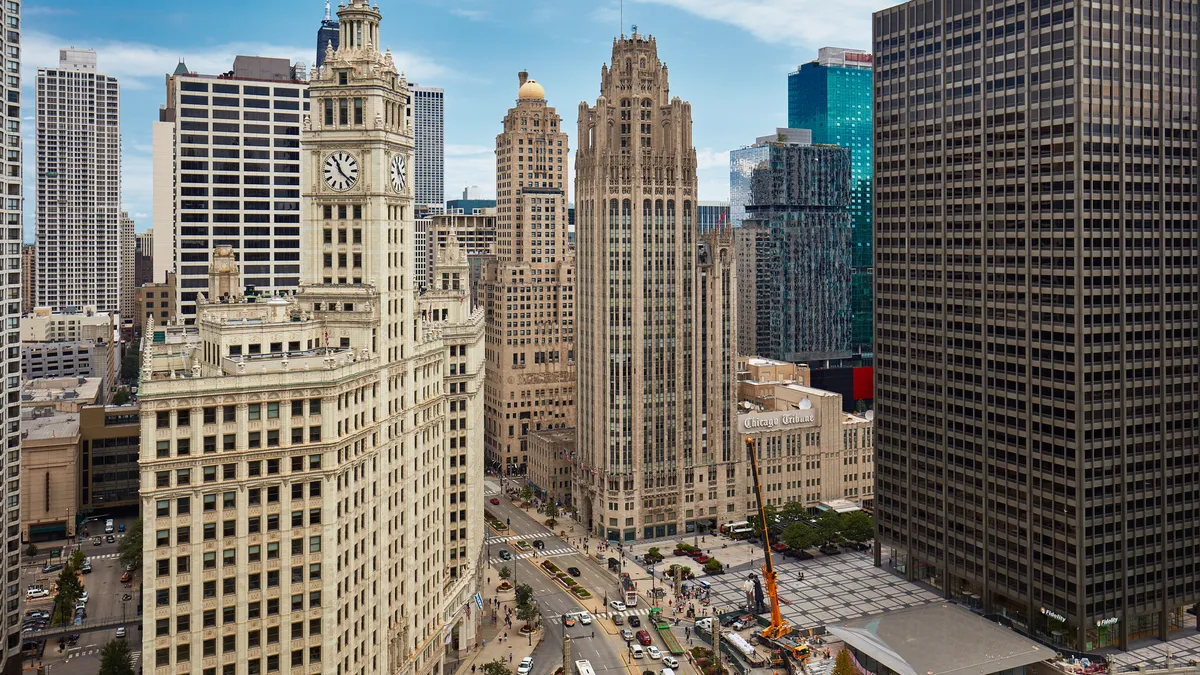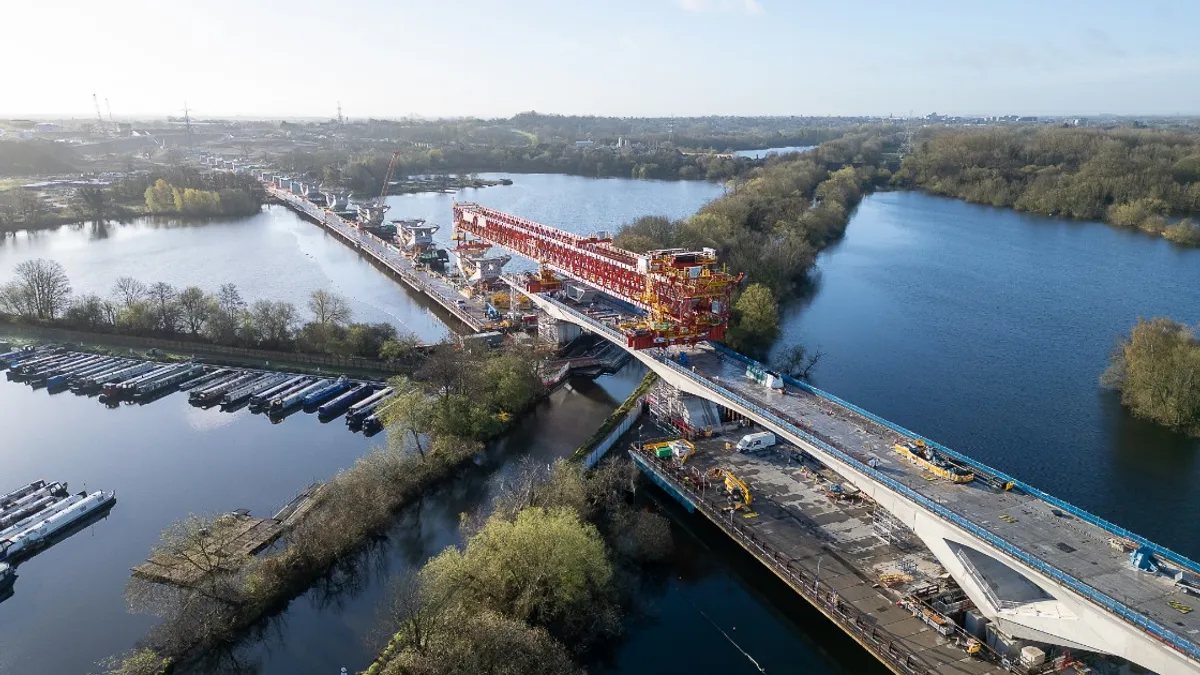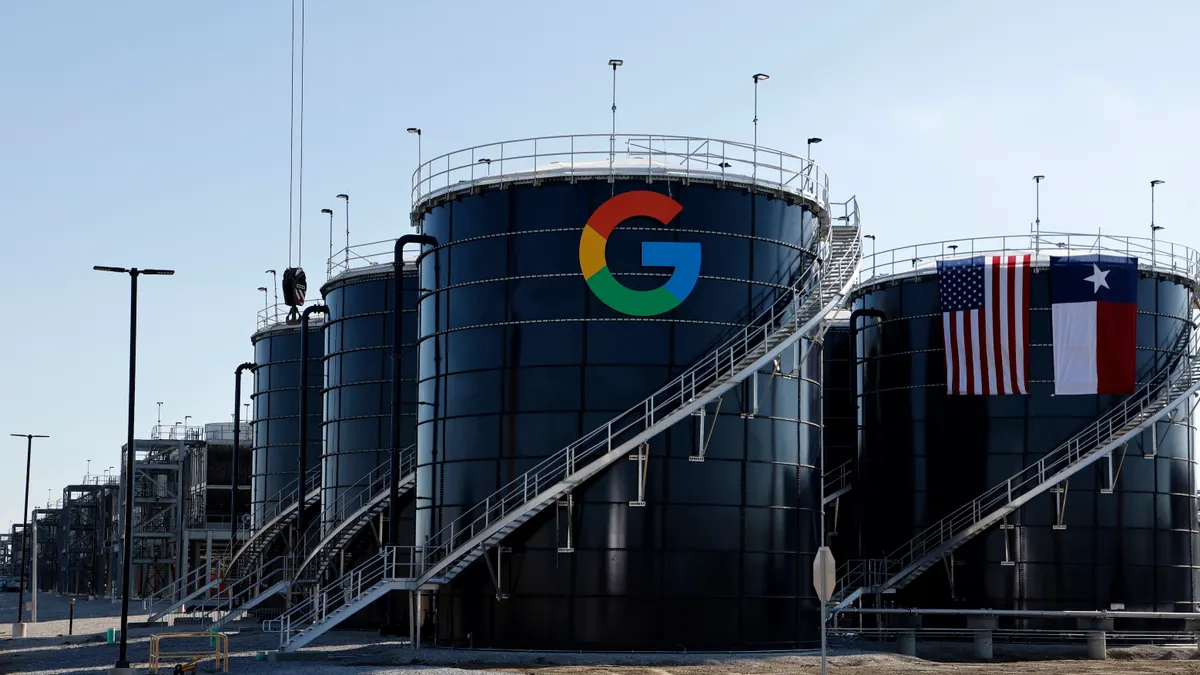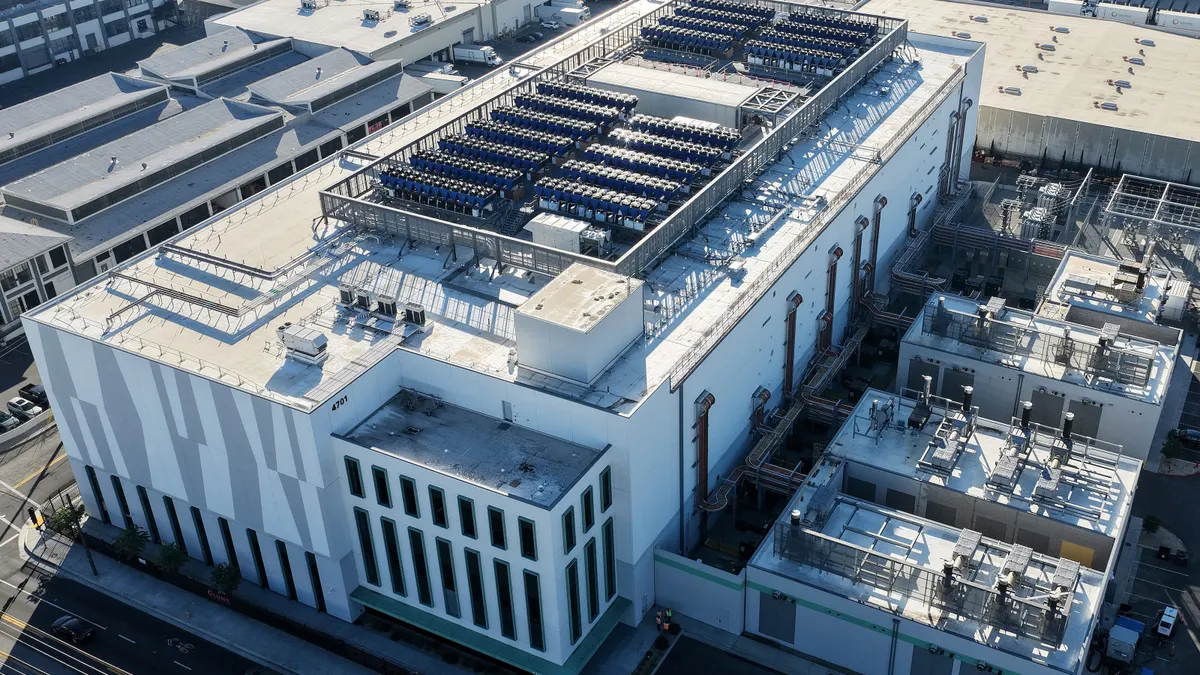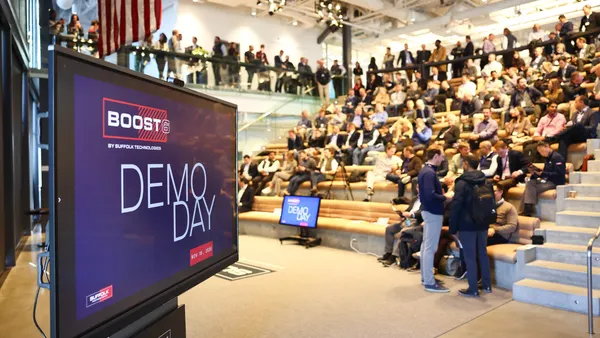Less than a generation ago, the American labor pool was whiter and older, according to government demographic statistics. But the most recent data point to a rapidly changing workforce, one defined by greater diversity, a retiring baby boomer generation and a technologically entrenched millennial audience.
Executives in the construction industry have already pointed to addressing changing demographics as a critical aspect of their businesses, not only for the challenges it presents, but also the potential benefits. As population trends propel forward, industry leaders will need to start looking at the statistics and altering the way they approach the workforce.
•••
A changing American workforce
Recognizing the ever-expanding state of diversity in the nation will be necessary for industry leaders in how they approach their business models, according to William Frey, author of Diversity Explosion and demographer at Brookings Institution's Metropolitan Policy Program.
“About 15 million whites are going to be out of the labor force age population between 2010 and 2030, and about 17 million Hispanics will be new to that population, 4 million Asians and 3 million blacks,” Frey said. “All of the growth in the future labor force will be racial minorities, particularly Hispanics, and I think it’s important for people to understand.”
And, by 2023 whites will comprise less than half of the U.S. population under age 30, according to Frey in an op-ed piece he wrote for the Los Angeles Times. Data collected from the U.S. Bureau of Labor Statistics confirms that the portion of the U.S. population within the age range for the labor force is becoming dominated by younger minorities and older whites. The result for business leaders, he says, is the reality that there is less consistency in workplace culture.
“I think [employers] need to be prepared to hire people who have different backgrounds than maybe their workers from the last 10 or 15 years,” Frey said. “English may not be employees’ first language. They might have different ways of communicating and interacting.”
“By 2023, whites will comprise less than half of the U.S. population under age 30.”
Addressing the challenges of a radically different labor force will be critical to maintaining the national economy, according to Martha Ross, a fellow at the Brookings Institution’s Metropolitan Policy Program, in her article on diversity in the labor market.
“Recent related work shows that by their early 20s, young white adults are more than twice as likely as their black and Latino peers to have earned a bachelor’s degree...it’s not surprising that young blacks and Latinos have higher unemployment rates than whites,” wrote Ross, who credited the statistic to a strong correlation between education and employment, as well as pre-existing forms of discrimination in hiring.
“...It’s clear that increasing the skills, educational attainment, and employment rates among young people of color is a major challenge facing both the nation and individual metropolitan labor markets,” she wrote.
•••
Demographics in the construction industry
In 2014, ACE construction industries sponsored a survey to look into the role of shifting demographics in the industry, and it found that aging in an ever-expanding American labor force would present a challenge to construction leaders.
“Construction firms report having trouble finding experienced carpenters, electricians, plumbers and welders. Many companies find it more difficult to recruit younger workers, and the pipeline of new workers has diminished over time with a reduction of vocational programs,” the report noted.
Workers in construction industry by race, 2015
Credit: Bureau of Labor Statistics
“Many of the most experienced workers who were retained through the downturn are aging, and now are presenting employers with the expected issues associated with an older workforce, such as longer recovery times from work-related injuries,” it added.
Workers in construction industry by age, 2015
Credit: Bureau of Labor Statistics
Mike Bellaman, CEO of Associated Builders and Contractors, told Construction Dive that awareness of shifting demographics in the workforce is something that is critical in the construction industry, and for the most part, CEOs try to stay on top of the trends.
“We in the construction industry have been dealing with a diverse workforce ever since America has been founded,” Bellaman said. “What CEOs want to do is put the best talent on the playing field. They aren’t concerned about language barriers, ethnicity, background, whatever it might be. The best CEOs are going to create the conditions so they can be attractive to top talent, whether it’s a blue collar or white collar occupation.”
Though, Bellaman also said that industry leaders have faced some challenges in dealing with generational gaps of a much younger, technologically entrenched labor pool.
“You have a millennial that comes out of college or high school that is perhaps highly driven, but has consistently been working in a computer environment. They believe that everything might be done through that technology. They might not quite grasp the concept of the built environment and what it takes to execute the built environment, and there might be misunderstandings,” he said.
“The best CEOs are going to create the conditions so they can be attractive to top talent, whether it’s a blue collar or white collar occupation.”
“On the other side, the experienced worker, though, that has 20 to 25 years of experience on the job, may not have the technological insight,” Bellaman added.
Greg Sizemore, ABC’s Vice President of Safety, Health, Environment and Workforce Development, said a more diverse population means that CEOs more than ever are going to need to consider issues like language barriers and differences in background among employees.
“Certainly in my experience, we’ve been dealing with language barriers for years in our industry, and many companies offer English as a second language training for employees speaking different languages on their projects,” Sizemore said. “None of this happens, though, because Human Resources thinks it’s the right thing to do. All of this happens because the leader or CEO begins to think in that mindset.”
•••
A path forward: Embracing a new generation
As industry leaders consider the role of their businesses not only within a younger, increasingly diverse workforce, but also audience, they must look into solutions that won’t trade-off with profits or functionality.
Ian Altman, a bestselling author, strategic advisor on sales and business development, current CEO of GrowMyRevenue and former president of ITM Associates, said that the best strategy is to find a balance between the interests of the company and the demands of its employees.
“If you recognize the older members and younger members of the workforce, your goal is to understand or appreciate their differences, because you are not going to convince either group to behave like the other ones,” Altman said. “The big mistake that businesses make is to try to make millennials behave like older generations.”
Altman added that if he had to offer one piece of advice for a struggling industry executive, it would be to embrace diversity and not strive for conformity. He said there are opportunities that can come from a range of new viewpoints, like the ability to appeal to an audience of younger minorities.
“The big mistake that businesses make is to try to make millennials to behave like older generations.”
Brad Szollose, cross-generational learning and development consultant in New York, award-winning author of Liquid Leadership and cofounder of K2 Design, Inc., said that although he is part of the baby boomer generation, in his experience as a CEO, he saw the need to tap into the millennial generation.
The biggest mistake, he said, that an industry leader can make given population trends is to ignore the younger, diverse workforce and the potential it can have for a CEO, who may not be able to predict trends the way millennials can.
“I think a lot of boomers don’t see themselves as older and going to retire soon. They need to understand that that’s going to have to happen, and they need to consider how the new generation can fill in,” he said. “[Employers] have to start taking younger people seriously, because they may be bringing to the table that secret sauce that can make you more innovative and stand out in your industry.”
In terms of trying to find a way to attract employees in this age and racial bracket, Altman said the best strategy is simply to hire a millennial in HR and in managerial positions.
“If you want to make your company more appealing to millennials, hire millennials to make it more appealing. This generation want to see millennials running things,” Altman said. “If a place seems like it’s not going to be fun to work there, a person can go post about it anonymously online on websites like Glassdoor. The power structure has shifted.
•••
How the construction industry can successfully adapt
Just like in other industries, construction leaders have been trying to find ways to make their sector more appealing to millennials that might not look toward the industry as a first choice. In fact, a December survey by Building Design + Construction showed that the lack of experienced professionals and project managers has led to a hiring crisis that has "stymied" many architecture and construction firms in the U.S.
Sizemore said, “I’m a part of the baby boomer generation, and when I came into the construction industry, I was really looking forward to the opportunity it would offer me. I don’t think this generation sees it the same way.”
“One of the things we face in terms of challenges is attracting millennials to the industry. That is going to take a mindset shift in terms of parents promoting our industry as a viable career of choice, not a second career choice,” Sizemore added. “It has to be viewed not as an alternative to college, but as an equal to college. This is a career that is an equal in necessity of skill, talent, ability and knowledge as any four-year degree institution. ”
The best way to attract new workers to the industry, Bellaman said, is to emphasize to younger audiences the true nature of construction on different levels. He said people need to understand just how technical and innovative building can be. In order to maximize success and capitalize on the technological expertise, while also maintaining the fieldwork experience of older workers, CEOs ought to find ways to intersect younger and older generations.
“I think our challenge is that we need to be conscious of is giving millennials the field experience, via older professionals, so they can connect the virtual, technical environment with the built environment. If that happens, the industry would find a resource that would make them tremendously valuable,” Bellaman said. “The companies that are innovators ... have been able to find an intersection of the millennials with the traditionally experienced construction worker.”
In addition to devising new ways to attract millennial workers, construction industry leaders increasingly look toward strategies for embracing workforce diversity and its potential benefits.
For instance, in order to address issues that might arise with language and cultural barriers, Sizemore said that industry leaders can offer language training programs and tap into the construction industry’s visually based elements.
“Many CEOs try to hire bilingual safety professionals and supervisors, in addition to offering language training programs,” Sizemore said. “Also, our industry is highly visual. Using pictures to portray construction activities from a quality performance perspective can help take down that language barrier and create better site safety orientations.”
Bellaman spoke duringABC’s second annual Diversity & Inclusion summit held in June, which aimed to develop a conversation around changing demographics in the workforce with some of construction’s leading voices. Among the many conclusions determined from the meeting, he and others executives agreed that diversity could offer a significant and positive impact on company culture and success.
Larry Lopez, president of Green JobWorks, said during the summit that he believes greater diversity is a natural direction for construction and all industries. "For me, one of the things that's really important is to understand that our world is changing," he said. "People look different and are different. We are a culture of immigrants."
Graphic Design: Natalie Forman
Publicity: Taylor Gasdia
Data Collection: Zack Hauck
Front-End Programming: Hayden Wagner







